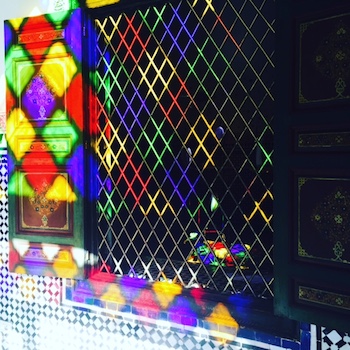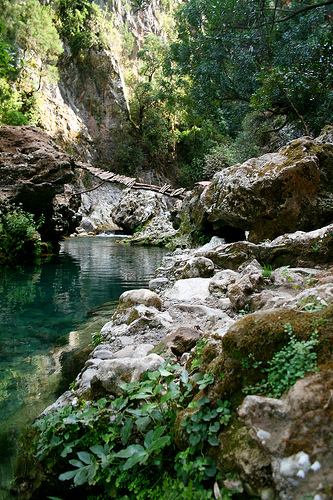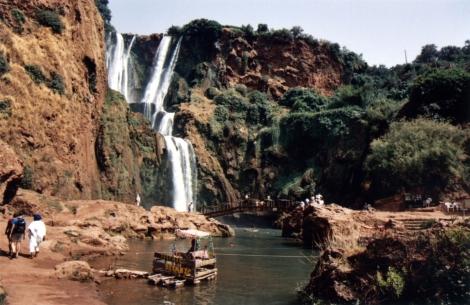Posts Tagged ‘Moroccan waterfalls’
Must See, Top Rated Places and Palace in Marrakech offers the perfect Insiders Guide to travelers who are visiting Morocco on a Private Tour. Don’t miss out on some of Marrakech’s Best places that range for Palaces to ancient Mosques. Known for it’s magnificent palaces and old world decor designed…
Do you dream of taking a vacation to a place where there are wide open spaces? Magnificent desert landscapes, rocky gorges, ancient kasbahs sprawled across a mountain backdrop and bustling old cities? Are you also a nut for keeping conservation on your mind, being careful and conscious of the way…
Morocco boasts beautiful cities with majestic mosques, imperial palaces, and hotels worthy of royalty, but outside these sprawling cities there is a different sort of majesty and beauty for travelers to discover. Leaving the chaotic and busy city centers the Atlas Mountains and the sprawling Sahara desert give way to…




